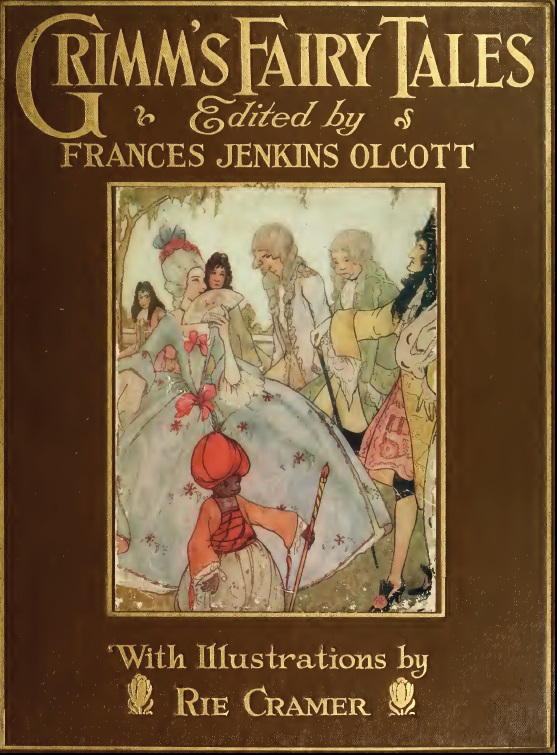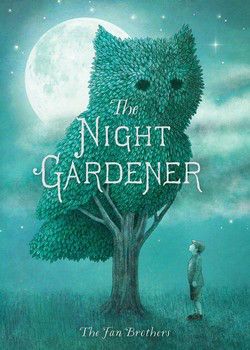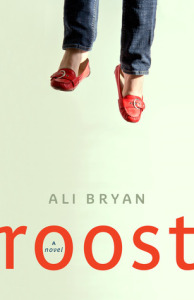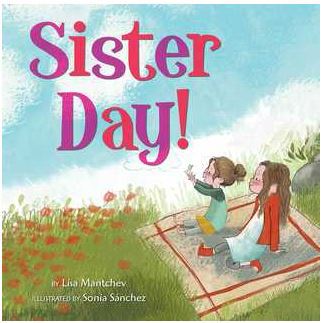In this post, we find Cinderella, or Aschenputtel, in German folklore! You can find all my posts related to Cinderella at Introducing Cinderella.
 Wilhelm and Jacob Grimm, 1855 by Elisabeth Jerichau-Baumann
Wilhelm and Jacob Grimm, 1855 by Elisabeth Jerichau-Baumann
Jacob (1785 – 1863) and Wilhelm (1786 – 1859) Grimm, sometimes known as The Brothers Grimm, compiled their collection of fairy tales for an initial publication in 1812. Although more than a century after Charles Perrault, these ‘Household Tales’ were also derived from oral traditions, passed down by storytellers for generations.
Many of the Cinderella elements in Aschenputtel reflect those we are still familiar with today, even some that do not coincide with Perrault’s version such as picking lentils out of the ashes. Most noticeably, Aschenputtel has a total of three trips to the ball, first shod in slippers of silk and silver, then in slippers of gold.
The story is called Ash-Maiden in this translated edition:

Aschenputtel’s stepmother and stepsisters harass her openly, but no mention is made of whether her father notices this treatment. Even back then, the Grimm fairy tales were not necessarily intended for children (until reprinted in a children’s edition), and Aschenputtel’s stepsisters meet grisly retribution in return for their scorn.
On her father’s trip to the fair, Aschenputtel’s request is for “the first twig that brushes against your hat on your way home.” This hazel twig becomes the tree that grows over her mother’s grave, filling the magical role that is taken by the fairy godmother in Charles Perrault’s version.
Aschenputtel calls upon the tree’s gifts, using various couplets, in order to go to the ball.
Shake, shake, hazel-tree,
Gold and silver over me!
The prince, however, is somewhat lacking in charm, especially compared to his “I was raised to be charming” portrayal in Into the Woods. At the ball, “He never let go of her hand, and whenever anyone else came and asked her to dance, he would say, ‘She is my dance partner.’”
His princely intelligence is suspect as well. Every time Aschenputtel escapes the prince, she disappears behind something, such as a pear tree, and he uniformly orders whatever it is to be cut down. If it didn’t work the first time, try again, right?
The same thing happens as each sister tries on the shoe. The stepsisters cut their feet to fit the slipper, but the prince needs the birds to point out the blood and tell him he has the wrong person. Perhaps it was one of his advisors who suggested covering the stairs with pitch…
 Kinder- und Hausmärchen (Children’s and Household Tales)
Kinder- und Hausmärchen (Children’s and Household Tales)
The tales collected by the Brothers Grimm were an important contribution to the documentation of fairy tales in Germany. There’s a lot to learn about their process, so stay tuned for a future installment!
Advertisements Share this:





